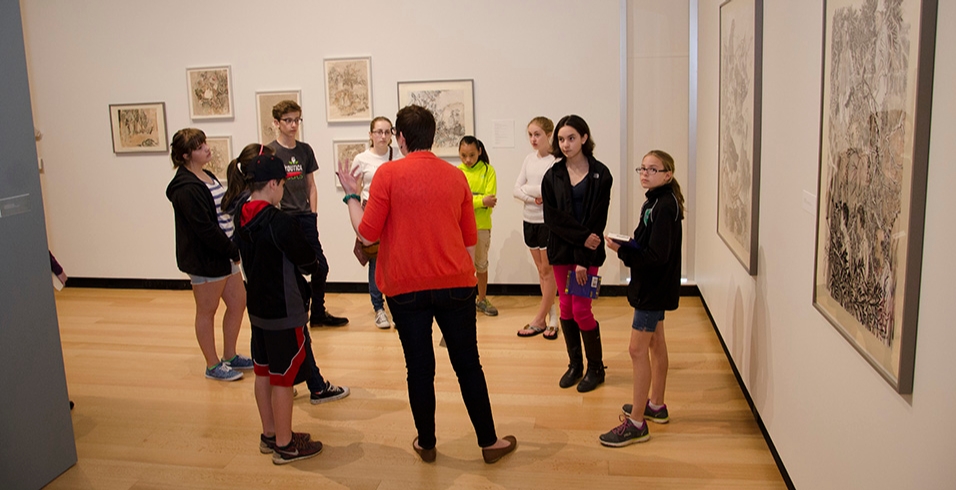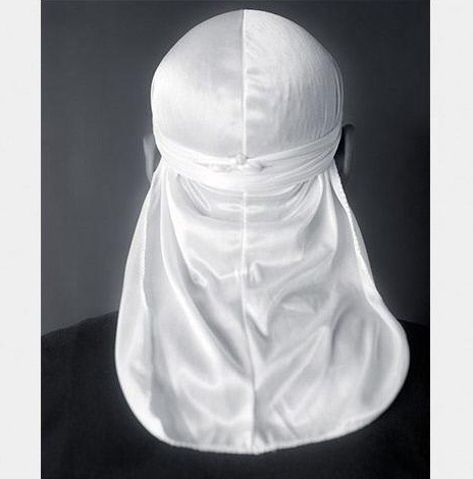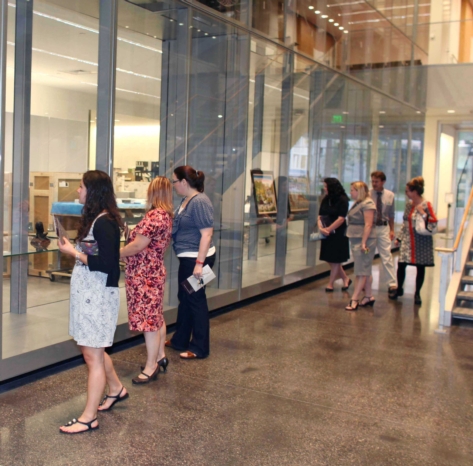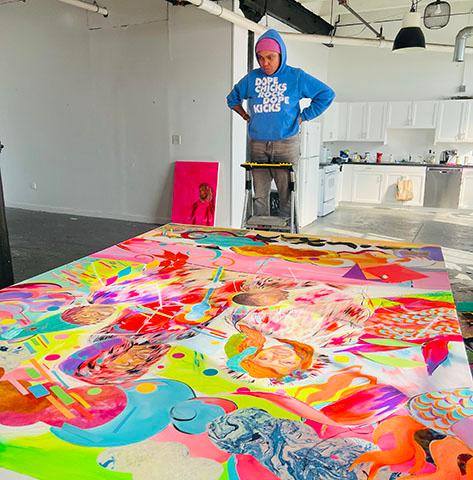Janelle Rodriguez

What makes public-school teachers choose to use a museum as part of their curriculum? And ultimately: What barriers do schools encounter in utilizing museums in their teaching?
Public schools are speaking a new language, and museums need to master this Common Core vernacular in order to reach peak effectiveness. The challenge for museums is learning to tune into the needs of our audience, and meet those needs in a meaningful way. For some institutions, this will involve a shift in paradigm, but that shift is sure to bring with it lasting partnerships that mutually benefit museums and public schools.
When I started developing the educational outreach program for the Wellin Museum in 2013, public-school education in New York State was on the precipice of change. That fall, the Common Core curriculum was in the early stages of integration within K–12 classrooms. From the perspective of a museum educator, it seemed that this transition would be a positive change for cultural institutions.
Intended to introduce a more holistic approach to learning, the Common Core endeavors to develop higher-level thinking skills that use complex concepts to answer questions, and to foster critical thinking. Both of these approaches are key tools utilized by museum educators to create meaningful experiences that go beyond the simple memorization of facts or traditional classroom learning. As a result of this curricular change, I expected the museum would be flooded with tour requests. In actuality, this response turned out to be surprisingly slow.
As the weeks of the 2013–14 academic year progressed, I was increasingly invested in creating an educational program that responded to the curricular needs of K–12 schools. I asked public-school teachers, administrators, and human-resource departments what needs they wanted a museum to meet and what kinds of restrictions were placed on educational field trips. These conversations inspired the questions: What makes public-school teachers choose to use a museum as part of their curriculum? And ultimately: What barriers do schools encounter in utilizing museums in their teaching?
With these questions in mind, we sought grant funding for an in-depth study. In December 2014, the Wellin Museum was awarded a research grant from the Andrew W. Mellon Foundation to explore how museums can be a resource for teachers developing public-school curricula. The two-year research process started in September of 2015. The study focused on regional K–12 public-school administrators and teachers in Herkimer, Madison, and Oneida counties.
The study findings, which will be published in January, revealed one encouraging fact: Educators want to use museums to satisfy requirements in the Common Core curriculum, and museums have what teachers and administrators are looking for. They also highlighted a less encouraging one—that time, cost, and administrator buy-in can all serve as barriers to the utilization of museums. However, with a certain amount of flexibility on the part of the museum, these issues can be overcome through ample communication and collaboration.







